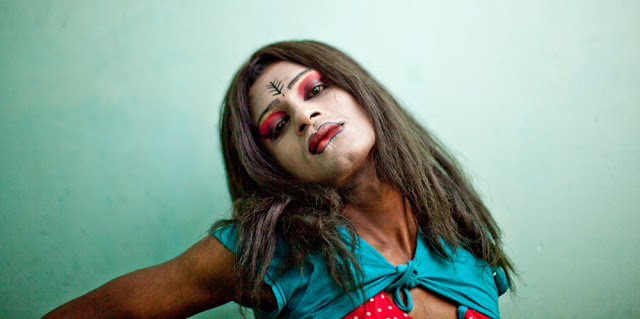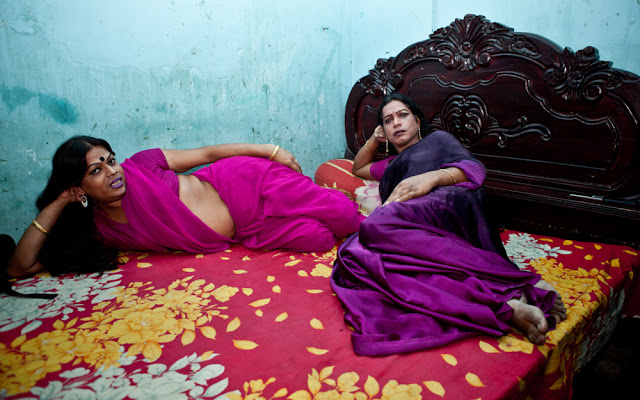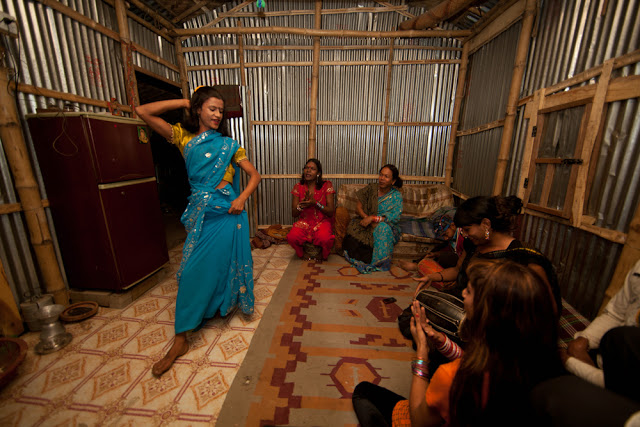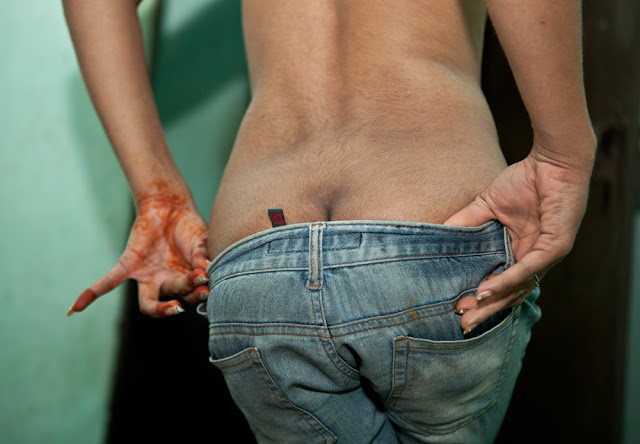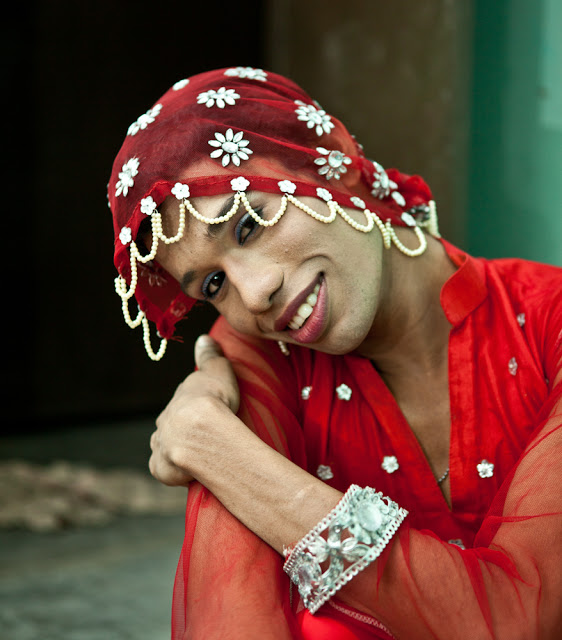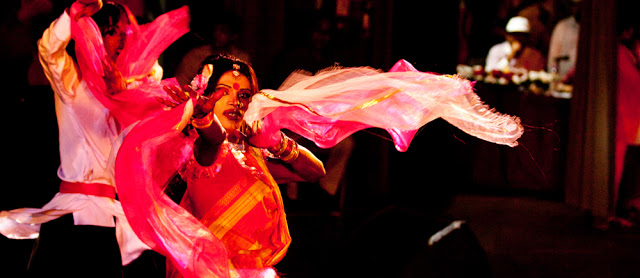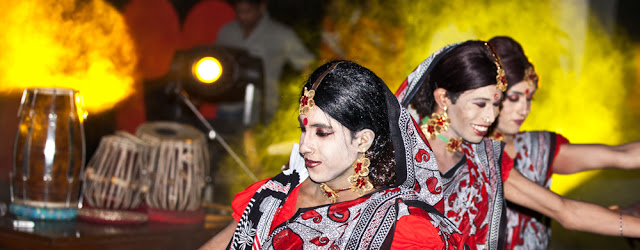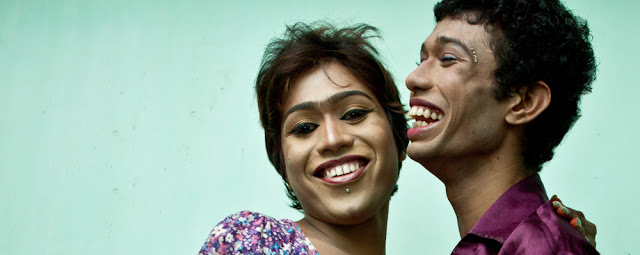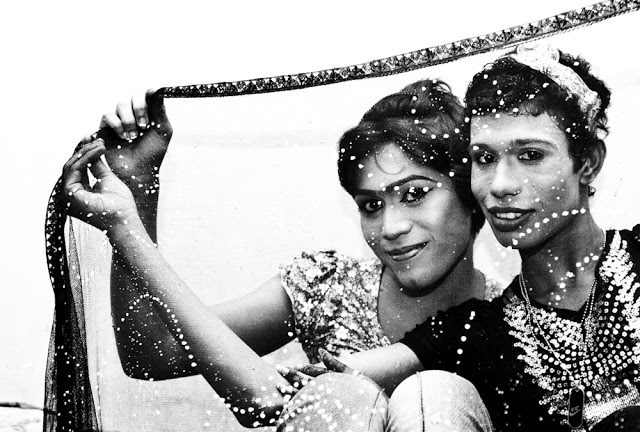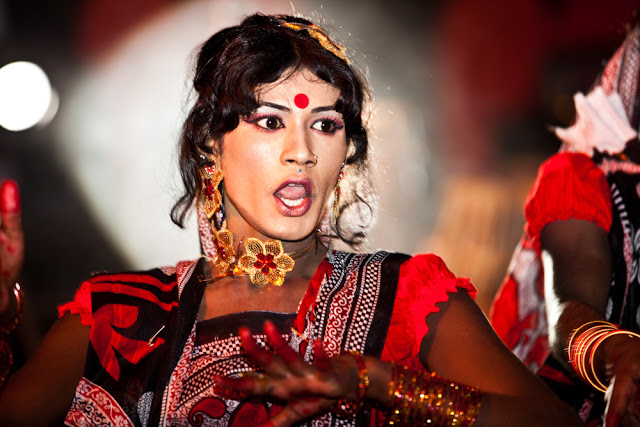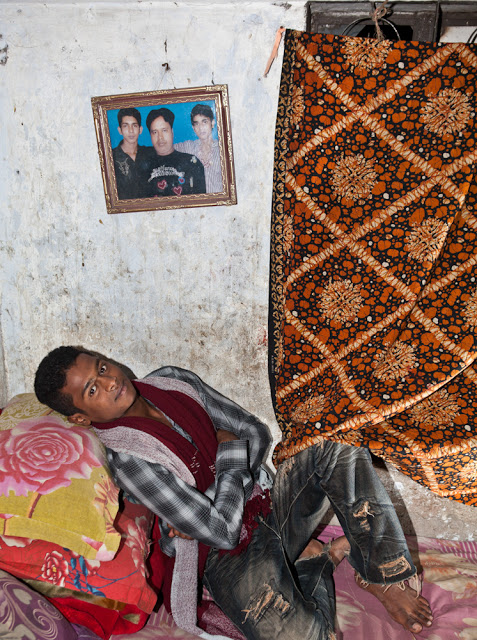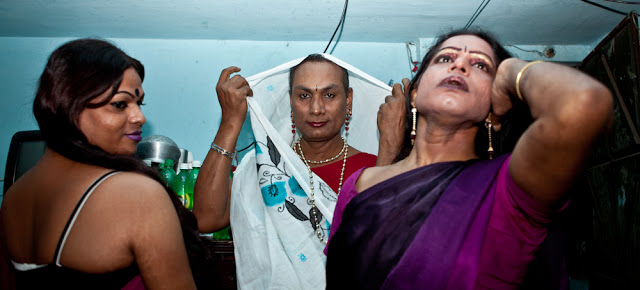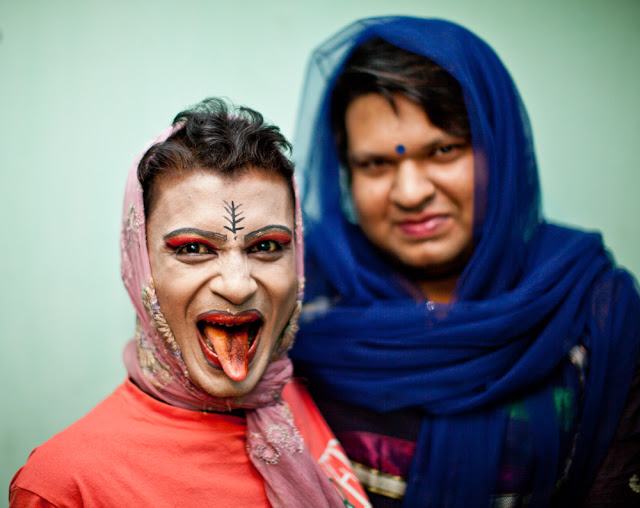Jan Møller Hansen: Neither Man nor Woman – Transgenders in Bangladesh
Sexuality in cultures around the world can be complex. Several years ago, I featured the work of Ann Summa and the cultural phenomenon of Muxes in Oaxaca, Mexico. Danish Photographer Jan Møller Hansen has been documenting the transgender culture of Hijras in Bangladesh and other parts of South Asia. He has captured numerous other projects in Bangladesh including Acid Survivors, Sex Workers, and portraits of children and women.
Neither Man nor Woman – Transgenders in Bangladesh
In theWest, they are known as hermaphrodites or eunuchs. The hijras have been part of the South Asian landscape for thousands of years – they are born male but grow up feeling like and dressing as women. Marked out because of their sexual difference, they are a despised and oppressed minority.
It is not that easy to define a hijra. There are differences between the cultural definition and the variety of individual lives and experiences. Hijras are culturally defined in terms of their traditional occupation as performers on auspicious occasions, but not all hijras perform. Some hijras see them themselves as neither man nor woman, but there are also many who very feel and behave like women. There is also the definition that relates to physical sexuality. Many think that most hijras are hermaphrodites, but that is not true. Most hijras are probably “made” rather than “born that way”. Becoming a real hijra often means going through the emasculation ritual by removal of the penis and testicles. Ideally, the emasculation operation is performed by a hijra called a dai ma (midwife), a clear and strong symbolic statement of the emasculation as rebirth. The emasculation ritual transforms an impotent man into a potentially powerful person, The emasculation operation is done together with various rituals and blessings, which is not described here in detail.
The hijras can praise the good qualities of families, but they also can insult them; they can bless one’s house with prosperity and fertility, but they also can curse it with infertility and other kinds of misfortunes. The hijras are treated with a combination of mockery and fear. The hijras often engage in homosexual prostitution. Many hijras are both performers and prostitutes.
The hijras are fighting for their rights, and they want to be treated equally among other people. They want others to know that they are also normal human beings. They want to be allowed to lead a normal life like others. The hijras claim that others do not understand their life, gender and sexuality. They want the society and the government to recognise them with equally rights as other human beings. No public institutions, private companies or individuals want to employ hijras, and they do not get admitted to schools or colleges. They have limited access to legal and health services. It is nearly impossible for hijras to vote or to get a passport.
Although the hijras often provoke horror or ridicule, they have traditionally had a role to play on the margins of society as entertainers and as bestowers of curses and blessings. They are often surrounded by fear and superstition, and sometimes they are hired to remove bad luck for new buildings under construction, to bring good luck for new-born babies or to entertain at weddings.
Posts on Lenscratch may not be reproduced without the permission of the Lenscratch staff and the photographer.
Recommended
-
Paccarik Orue: El MuquiDecember 9th, 2025
-
Lauri Gaffin: Moving Still: A Cinematic Life Frame-by-FrameDecember 4th, 2025
-
Dani Tranchesi: Ordinary MiraclesNovember 30th, 2025
-
Art of Documentary Photography: Elliot RossOctober 30th, 2025
-
The Art of Documentary Photography: Carol GuzyOctober 29th, 2025

